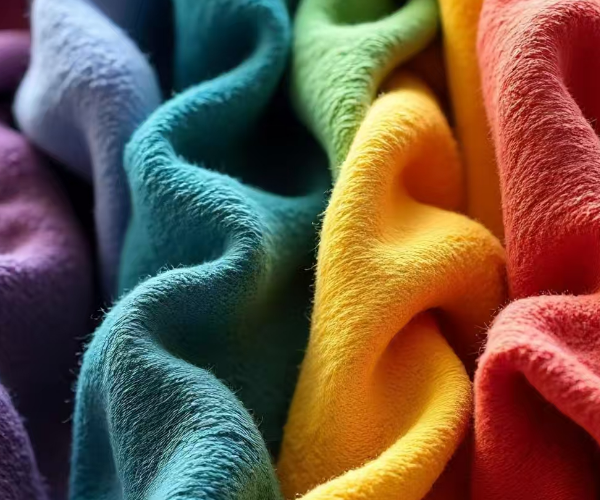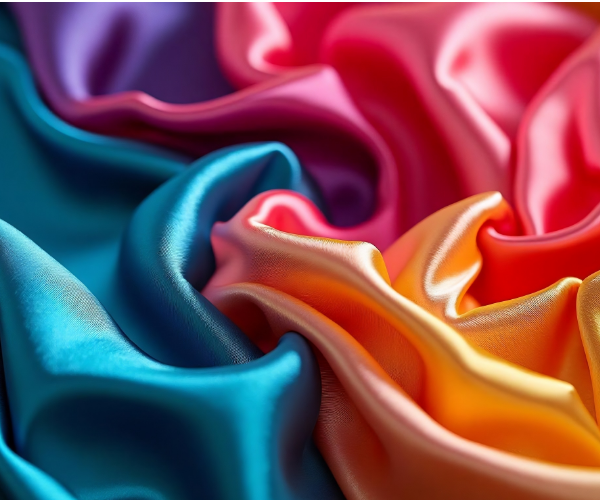Guar Gum: A Green Auxiliary for Textile Dyeing and Printing
Applications of Guar Gum in Textile Dyeing and Printing
Guar gum, a natural polysaccharide (primarily composed of galactomannan), is widely used in textile dyeing and printing due to its excellent thickening,
stabilizing, film-forming, and water-retention properties. Below are its specific applications and mechanisms:

Printing Thickener (Paste Formulation)
Application: A key component in paste formulations for reactive and disperse dye printing, especially on cotton and polyester fabrics.
Functions:
● Thickening: Forms a 3D network structure to prevent dye migration and ensure pattern sharpness.
● Rheology Control: Shear-thinning behavior facilitates screen penetration, with rapid viscosity recovery post-printing.
● Dye Compatibility: Stable in high-electrolyte environments (e.g., reactive dye systems). It has good compatibility with
all types of dyes and can be mixed with other dye systems.
Native guar gum’s biodegradability may compromise storage stability; thus, hydroxypropyl guar gum (HPG) or cationic guar gum are often used
for enhanced salt tolerance.
Warp Sizing Agent
Application: Protects yarns from abrasion during weaving.
Functions:
● Film Formation: Creates a flexible coating to strengthen yarns.
● Easy Desizing: More biodegradable than synthetic sizes (e.g., PVA), simplifying wastewater treatment.
Dye Dispersion & Stabilization
Application: Acts as a dispersant for disperse dyes.
Mechanism: Adsorbs onto dye particles via steric hindrance to prevent aggregation.
Other Uses
Fabric Finishing: Softener or anti-wrinkle additive to improve fabric hand.
Advantages
Eco-Benefits: As an eco-friendly material, guar gum is biodegradable and aligns with sustainable textile development requirements.

Through modification and compounding technologies, the applications of guar gum in the textile industry continue to expand,
demonstrating significant potential particularly in the development of eco-friendly auxiliaries.


